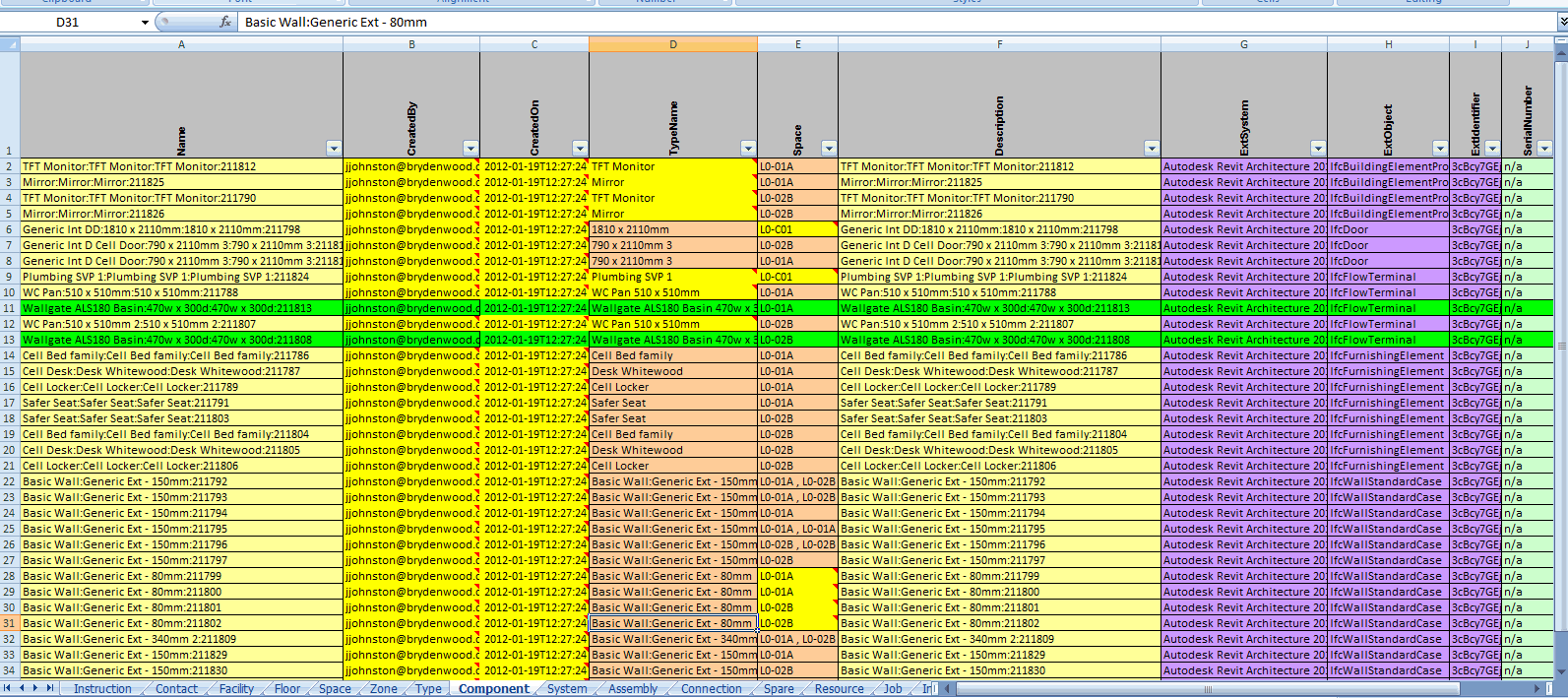
An Introduction to COBie
As of May 2011, the UK government set out its mandate that all government procured projects should comply with the concept of Level 2 BIM.
This entails that collaborative 3D systems be adopted; with all asset information, documentation and project data electronically stored and shared.
COBie or Construction Operations Building Information Exchange is the format specified by the government to capture and store the project data produced by the vision of a Level 2 BIM workflow.
Born in the USA
The creation of COBie is often attributed to William East of the United States Army Corps of Engineers who in 2007 authored a test standard designed to improve the process of handing over information.
Born off the back of two grants provided by non-other than The National Aeronautics and Space Administration and the White House Office of Science and Technology Policy in 2005. COBie was later revised in 2008 to comply with international standards for data and classification.
BIM is a means of better sharing information and collaborating on projects, while COBie is a nonproprietory standard for ensuring that the information exchanged is structured in a standardised format.
More Than A Spreadsheet
Despite going on to be widely used internationally with many industries finding use for a standardised means of presenting information there still often exists misconceptions about what COBie actually is, and the role it plays in delivering built assets through BIM.
One of the major misconceptions is that COBie is a spreadsheet. This is because one of the main ways of sharing COBie data or COBie structured data to give a better phrase is through that of a spreadsheet. Sadly, though the spreadsheet is only the packaging of COBie and what it stands to achieve.

Simpler Than It Sounds
Despite a lot of misconceptions around the concept of COBie, and questions about what it actually is, the answer is surprisingly simple when considered in relation to BIM.
BIM is a means of better sharing information and collaborating on projects, COBie is a nonproprietory standard for ensuring that the information exchanged is structured in a standardised format.
COBie helps record important project information at the point of origin, essentially forming a standardised template for collecting and storing information. While BIM requires a 3D software, COBie relates only to non-geometric data and can be collected or exported to a spreadsheet, making it easier for all tiers of the supply chain to pass and contribute to a projects BIM data set, and easy to for the client to access important project data after handover.
COBie and Data Drops
As part of the UK governments mandate for delivering built assets through Level 2 BIM it is required that data is exchanged with the client at key milestones in a project. These submissions, or “data drops” enable the client to check available data in relation to technical compliance, cost/price and ultimately the efficient operation and maintenance of the asset once delivered.
COBie serves as the standardised means for presenting the information exchanged in BIM Level 2 Data Drops, though as with other aspects of COBie there is often further misconceptions that COBie means creating more information. In actual fact it does not increase the need for information, COBie simply forms a template for collecting, storing and exchanging the same project data that has always been important to a client in a standardised, agreed upon, easily accessible format.
